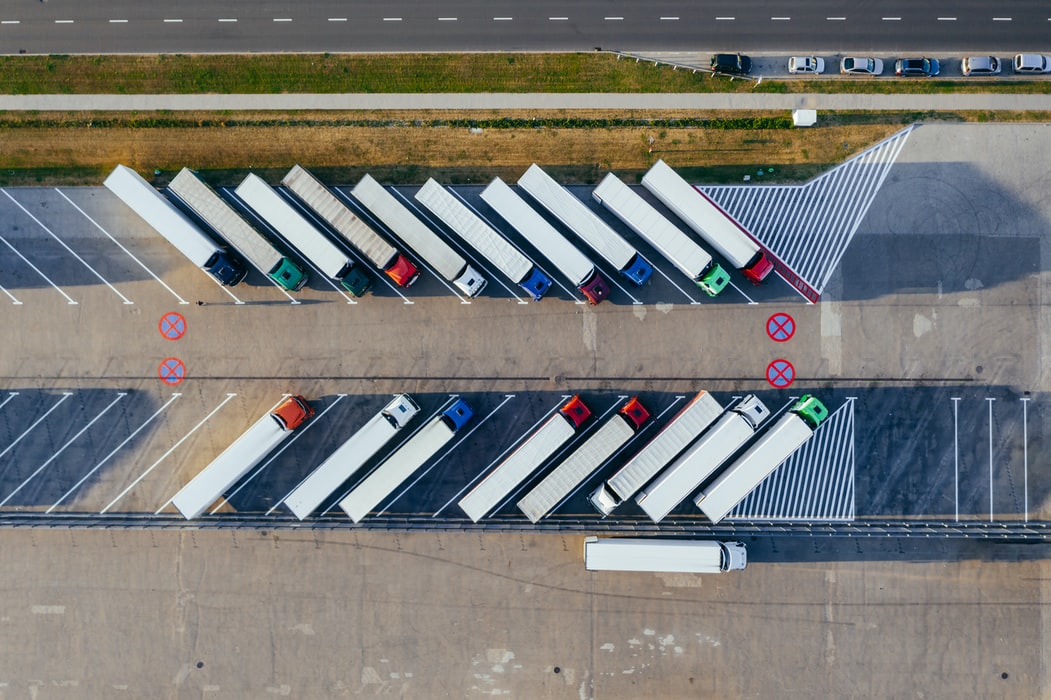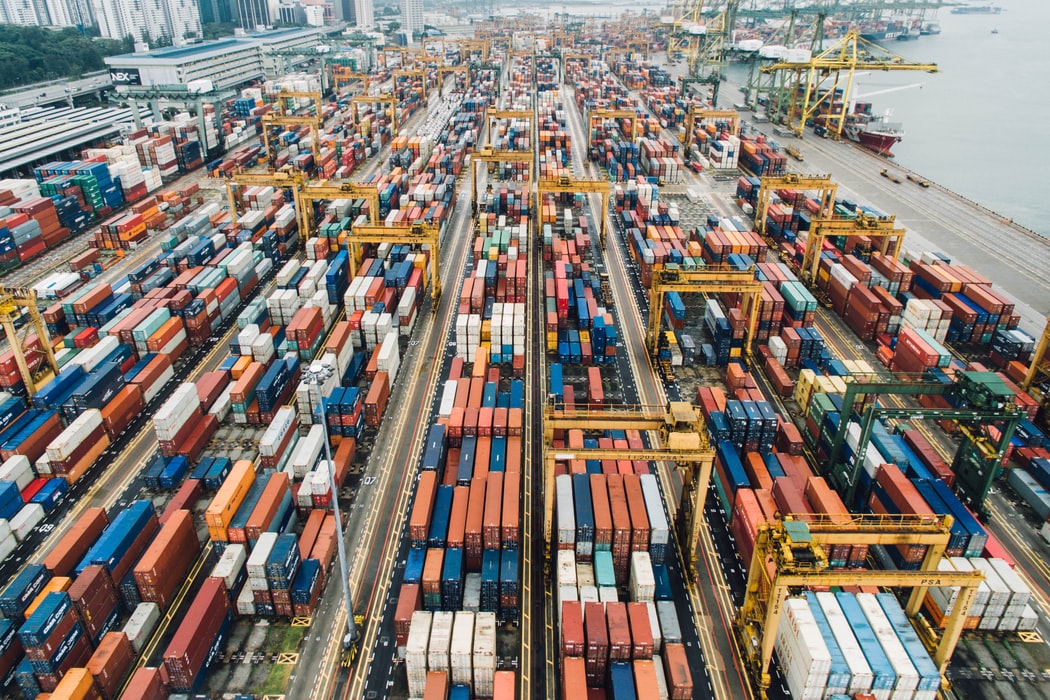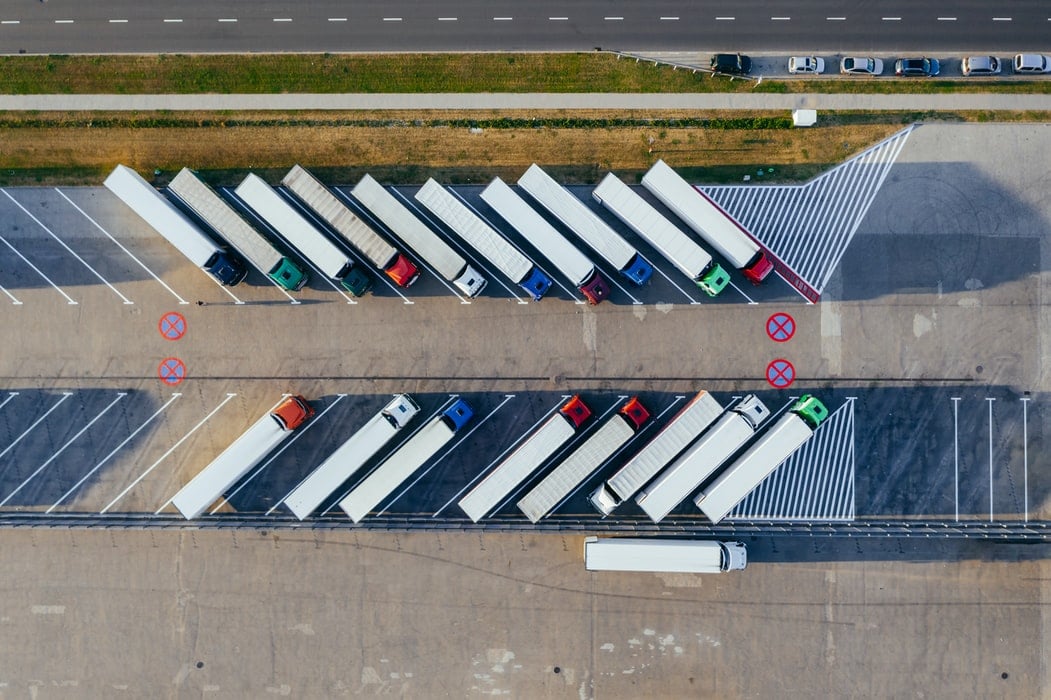There’s no doubt that COVID-19 has forced manufacturers to reassess their supply chain strategies. With disruptions, delays and closures crippling the industry, we’ve seen essential supplies become temporarily unavailable, rationed or even sold to the highest bidder.
Who could forget the empty toilet paper aisles in supermarkets, or the ventilator shortages in the US?
But even before the pandemic, the US-China tariff war had exposed the vulnerabilities of the global supply chain model. Manufacturers were already looking for alternatives to the single-supplier, low-inventory system that characterised the industry, and when COVID-19 reared its head in February, these fractures deepened.

The truth is, supply chains have always been ill-prepared for high-risk situations. Earthquakes, cyclones, factory closures, strikes and pandemics happen, but these incidents are often considered ‘outliers’ and rarely factored into risk management strategies. But the pandemic has been sobering, and it has shown us that there are ways to build resilience and remain competitive – even in a crisis situation.
Embracing Regionalism
Local manufacturing is growing – and fast. Just look at the number of businesses making and supplying personal protective equipment (PPE), ventilators, masks and hand sanitisers. Many local fabrication companies have also experienced growth, for example Calibre Steel a subsidiary of United Steel Group has seen expansion from the head office in Perth and have now established a strong presence in Melbourne.
The pandemic has highlighted the need for flexibility and reduced reliance on off-shore, single-source suppliers. Making, assembling and delivering products on home soil boosts employment, increases supply and keeps the economy chugging along. In October, the federal government announced a $1.5 billion plan to fund Australian manufacturing. The Advanced Manufacturing Growth Centre (AMGC) also published a report highlighting the 10 ways that manufacturers could transform their businesses into globally competitive enterprises.
But one area that is poorly represented is the pharmaceutical industry. Most people don’t know that about 80 per cent of pharmaceutical ingredients are imported from China and India. When supply chains are interrupted (as they were recently), thousands missed out on life-saving equipment or medicine. What we need is a boost in local production, which could eliminate, or at least minimise, these deficits.
Of course, one of the arguments against local production is the cost. Most manufacturers opt for off-shore suppliers because they’re cheaper. But recent studies show that costs in Asia have increased, and the cost differential isn’t what it used to be. Having said that, there are times when manufacturers don’t have the capacity to produce everything themselves, and off-shore parts, labour and assembly are, well, unavoidable. For example, automobile manufacturers can’t make touch screens or the microprocessors that control steering or power windows. That’s why they need to rely on other sources – usually in China.
If you go down this route (and many will), make sure you assess the supplier’s risk profile. Where are they located? Do they have high-capacity ports? What are their transit times? Even if you identify them as low-risk, it’s always a good idea to diversify your supplier sources or countries. This gives you greater flexibility, and covers your back if something goes wrong. While this may sound like a lot of work, disruptions that halt your supply chain are more expensive than doing a risk audit of your suppliers, so think of it as an investment in your business’s future.
Beating the Stress
After the financial crisis of 2008, hundreds of companies made sure they conducted a ‘stress test’ to ensure they could cope with a crisis or shock. Similarly, technology companies often test their cyber security after experiencing cyber-attacks or data breaches. It’s like insurance for your business – and the sooner it’s done the better.
When the pandemic is over, supply chains will need to stress test their supply models to ensure they don’t lose revenue or experience supply issues again. They need to move away from minimum-cost, low-volume and last-minute supply models. Instead, they need to order from varied suppliers, stockpile goods and put insurance agreements in place to protect themselves if things go wrong.

Another way of beating the stress is visibility. Some industries, like consumer technologies and electronics, are deploying dashboards to show the status of production and shipment. Every detail is accounted for and dashboards refresh every 20 minutes. It’s a great way to identify and remedy an issue that may hold up the supply chain.
New technologies are great for streamlining processes and saving time and money, so explore your options and keep your stakeholders involved to maintain a strong company culture, even if they are working remotely. One area that would benefit greatly from this is the pharmaceutical industry. Currently, it has no centralised database to manage workflows, which could have far-reaching consequences, particularly if you’re dealing with a health crisis that that requires speed and agility. For suppliers and end-users, this is a deficit that requires urgent attention.
Harness Your Labour Force
While automation boosts productivity and keeps costs down, you still need people to operate the machines, evaluate their effectiveness and improve their function. We can learn from Toyota’s principle of jidoka – or ‘automation with a human touch’. This means automating 80–90 per cent of the systems and allowing for 10–20 per cent of human interaction. This is already moving at pace in some industries. Booktopia, an Australian book retailer, will be trialling robots in its Lidcombe warehouse in 2021. The robots have the ability to move heavy loads of up to five metres, which will allow the book retailer to increase its stock capacity from 800,000 units to 1.8 million units. While innovations like this can render people obsolete, the retailer believes that staff numbers will remain stable.

Labour should be viewed as an adaptive strategy to manage and prevent risk in the supply chain model. Just because you’re hiring more staff, doesn’t mean your bottom line is going to suffer. A few months ago, the shortage of N95 masks in the US prompted manufacturing plants to increase staff and production. But the price hike on these products counteracted the cost, making them a viable proposition.
While COVID-19 has slowed, restricted or halted the movement of goods from one country to another, it doesn’t mean you can’t leverage innovative solutions to meet consumer demand. By diversifying your sources, embracing local production, and making the most of human assets, global supply chains can remain agile – even when the worst happens.
----
This is a guest blog post for Felix. All views expressed in this article are those of the author only.

Recent Articles
2025 in review: Milestones, insights and achievements
2025 – a year of that brought meaningful developments for Felix as we continue to address the evolving needs of organisations navigating complex supply-chain environments.
Top 10 reasons for a centralised vendor database
As organisations grow, so does the complexity of managing vendor relationships. Many still rely on spreadsheets or siloed systems, which can lead to inefficiencies, data inconsistencies, and compliance risks. A centralised vendor database offers a smarter, more scalable solution that brings structure, visibility, and control to procurement operations.
Here are the top 10 reasons why centralising your vendor data is a strategic move.
Five ways poor contract storage could be costing your organisation money
Contracts are the backbone of every business relationship – legally binding documents that define expectations, responsibilities, and value.
But what if the way your organisation stores those contracts is quietly costing you money?
Let's stay in touch
Get the monthly dose of supply chain, procurement and technology insights with the Felix newsletter.






